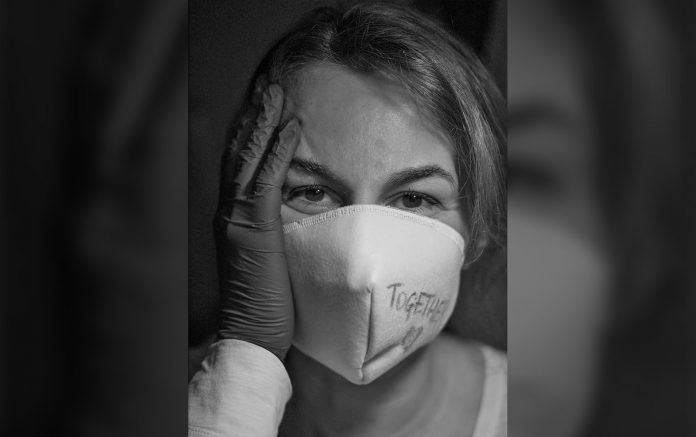By Joy Curzio
 Since the start of the COVID-19, it has been established that patients with cancer are more severely impacted by the virus than healthy individuals or than those with other conditions. One study noted a mortality rate of 28% for patients with cancer and COVID, with the risk of death increased for those patients with advanced age and comorbidities such as hypertension and cardiovascular disease.1
Since the start of the COVID-19, it has been established that patients with cancer are more severely impacted by the virus than healthy individuals or than those with other conditions. One study noted a mortality rate of 28% for patients with cancer and COVID, with the risk of death increased for those patients with advanced age and comorbidities such as hypertension and cardiovascular disease.1
With a specific focus on lung cancer, Marina Garassino, MD, and colleagues (including fellow Virtual Presidential Symposium presenter Leora Horn, MD) joined forces to create the TERAVOLT global registry, bringing together 190 institutions from 28 countries on five continents. Initial data on the first 200 patients was presented at AACR in March, with expanded data on another 200 patients presented at ASCO (LBA111) in June. Increased mortality rates were seen for patients older than age 65, with comorbidities, and with an ECOG PS > 2. Risk of death is also being assessed by therapy, with no increase in risk for patients receiving immunotherapy but a slightly higher increase for those patients who received chemotherapy or chemoimmunotherapy combinations.
In her Virtual Presidential Symposium presentation, Dr. Garassino, of the Fondazione IRCCS Istituto Nazionale de Tumori, Milan, reviews COVID-19-related morbidity across cancer types and within thoracic cancers specifically, and she discusses the next steps for TERAVOLT data, as well as for clinical trials in the COVID-19 era. Instructions for contributing data to TERAVOLT also are presented.
“I think that with TERAVOLT, we are now much more prepared,” Dr. Garassino said. “We must take care of ourselves [in addition to our patients] because we are really in a very difficult and challenging period.”
Reference:
1. Lee LYW, Cazier JB, Starkey T, et al. COVID-19 mortality in patients with cancer on chemotherapy or other anticancer treatments: a prospective cohort study. Lancet. 2020;395:1919-1926.











